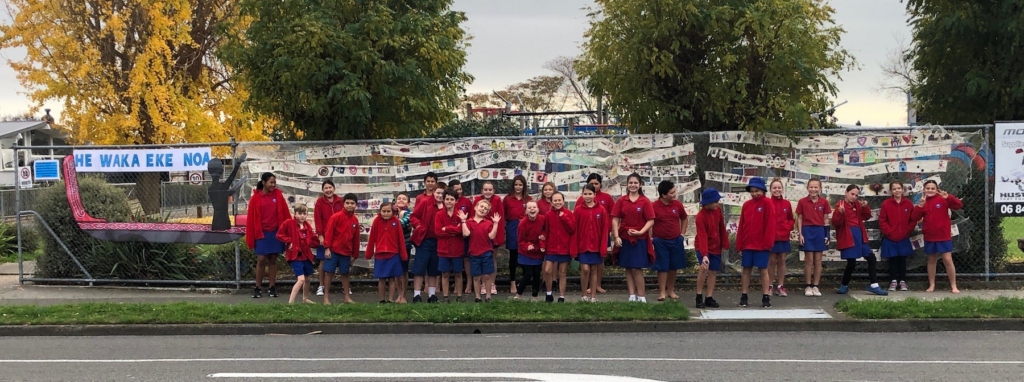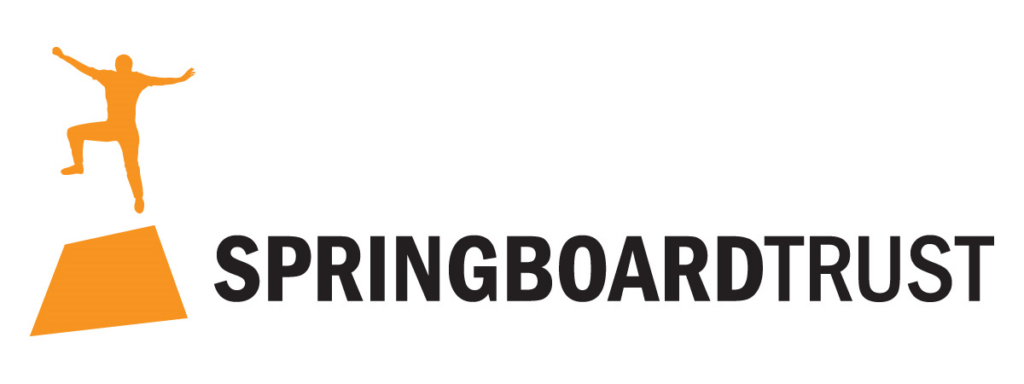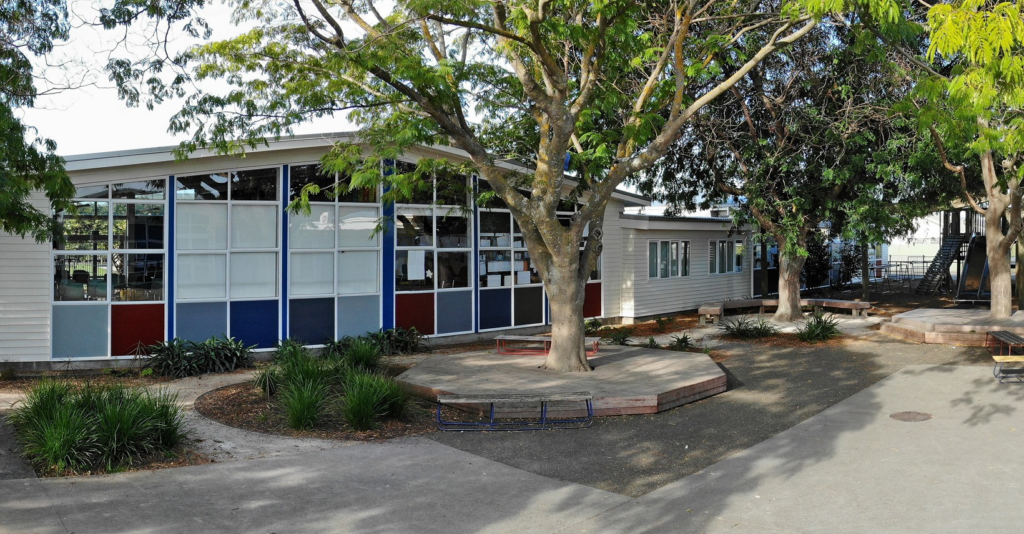Does my school make Māori learners and whānau feel welcome?
It’s a question at the heart of several ongoing projects for Carol Bevis, principal at Bledisloe School in Taradale. With a vested interest in tackling issues of race, class and equity in the community, she has been putting into practice some key critical ideas.
“It’s not my job to tell people how to run their spaces – but we all have such a big opportunity to think more critically about what we offer our students, what world we want them to grow up in and what kind of leaders we want them to be.”
This year, that means – in addition to working through our Strategic Leadership for Principals Programme – Carol is auditing the entire look and feel of her school.

A means to change the view
Carol has long been interested in tackling the white spaces in New Zealand education. Having discovered Dr Ann Milne’s work with her Travelling Fellowship research, she has done extensive research and work in this area.
That includes working with Hoana Pearson on Māori Achievement Collaboratives, Associate Professor Melinda Webber at UoA on how Māori learners can thrive in education, and a recent sabbatical based on “Cultural relationships for responsive pedagogy: a bicultural mana ōrite perspective”, Research Information for Teachers; SET, no.1, pp3-9. Professor Mere Berryman ONZM, M., Lawrence, D., & Lamont, R. (2018).
All of this has fed into Carol’s practice, and resulted in some challenging, critical and absolutely necessary work in her school.
“This year we’re working through Dr Milne’s White Spaces Audit – thinking really hard about what our school environment reflects. Asking questions like what our space says to Māori learners and whānau, whose voices are represented on the face of our school.”
A seven-step process, the White Spaces Audit is designed to help schools consider the environment they create from a Māori perspective – effectively, evaluating to what extent students can learn as themselves.
That means consulting with staff, whānau and students. With a roll comprising nearly 45% Māori students, Carol understands how critical it is to empower everyone in the school.
“The audit starts with the physical spaces: for example, we’re considering adding a Māori name to our school. But we have to go deeper, moving beyond the ‘lovely’ but sometimes tokenistic knowledge; developing Matauranga Māori, redesigning our localised curriculum to have a true bicultural lens and increasing our capability in using Te Reo.”
“We can’t do that without input from everyone – which becomes a balancing act, but a challenge we’re excited to take on.”
Creating the culture for change
For many, the idea of identifying and addressing whiteness – even recognising it as a distinct concept – can be a challenge to the way they view the world. As Carol explains, schools have to take the right steps before they move into these critical conversions.
“Before any critique of the white spaces happened, I had to make sure the school culture would allow it to happen. You have to develop respect, trust and distributed leadership with your whole team – people have to know their views will be valued, even if they are dissenting. Driving that conflict underground just creates more problems.”
It’s an approach that has expanded beyond the school – taking the focus on representing all voices and making it happen from the outset.
“You have to be authentic and honest in who you are, what you know and what you don’t. I’m originally from Australia – I can’t speak for the Māori community in terms of how they are represented in our school.”
“You have to look to experts, those in the community who have the mana to support and challenge you. Listen to their voices, balance everyone’s perspectives – above everything, you’re empowering people, students included, to think critically about their environment. That’s what’s going to bring real change in the future.”
“A school leaders’ job is to be the Treaty partner that Māori thought they were signing up for. ”
The partners Māori deserve
With an increasing Māori roll in a region that often looks starkly different, Carol is keenly aware of the challenges that the white spaces audit will introduce for many.
“You’re dancing on the precipice a lot, trying to ensure everyone has their voice heard. You just have to be balanced, steady, careful and kind. Have a clear sense of what you’re doing and why you’re doing it – and don’t let anyone involved in something like a white spaces audit be taken by surprise.”
For Carol, that purpose was distilled into something incredibly simple but profound by a colleague, Liz Eley of Poutama Pounamu (Waikato University).
“She told me that a school leaders’ job is to be the Treaty partner that Māori thought they were signing up for. That comment has stuck with me – it’s so clear in its identification of why this work is so important.”
“Challenging and critiquing the spaces in our school that don’t give every learner a place of their own – that’s making good on our promise to students. We have to be courageous, but the challenge is what makes it all worthwhile.”









